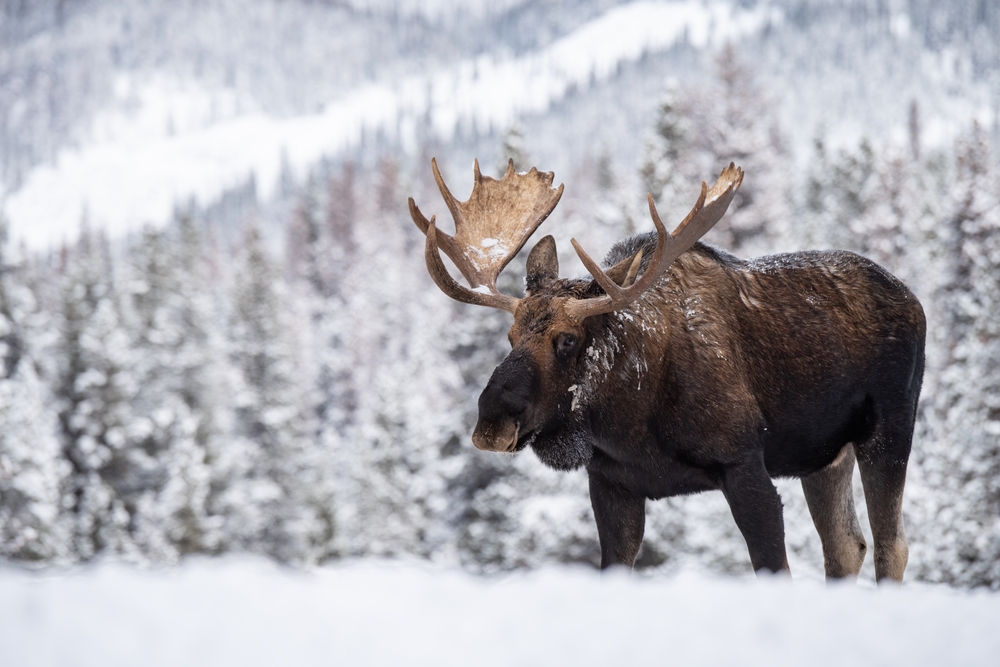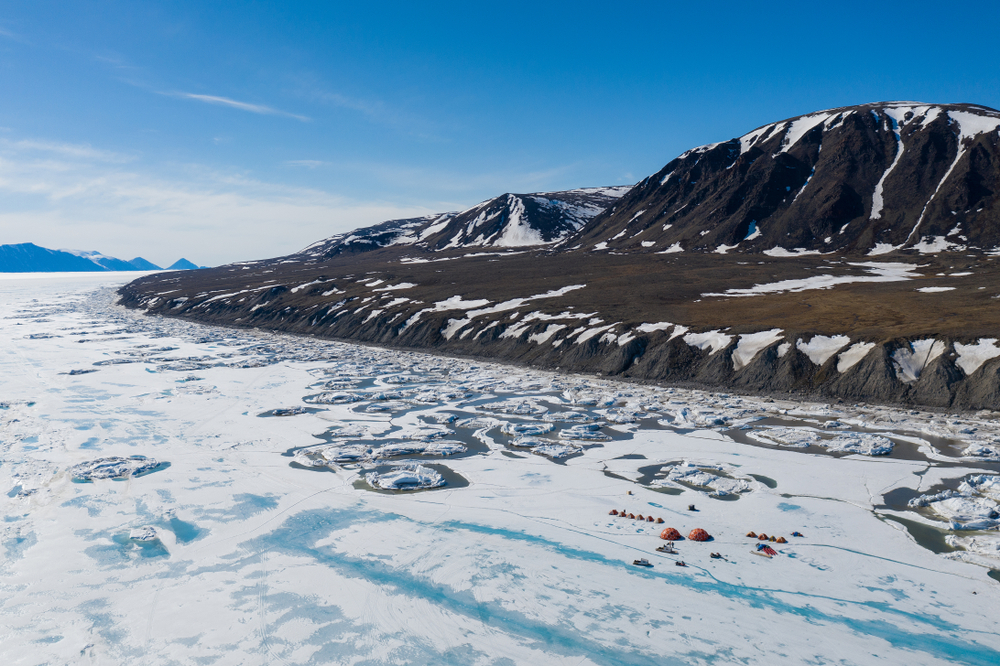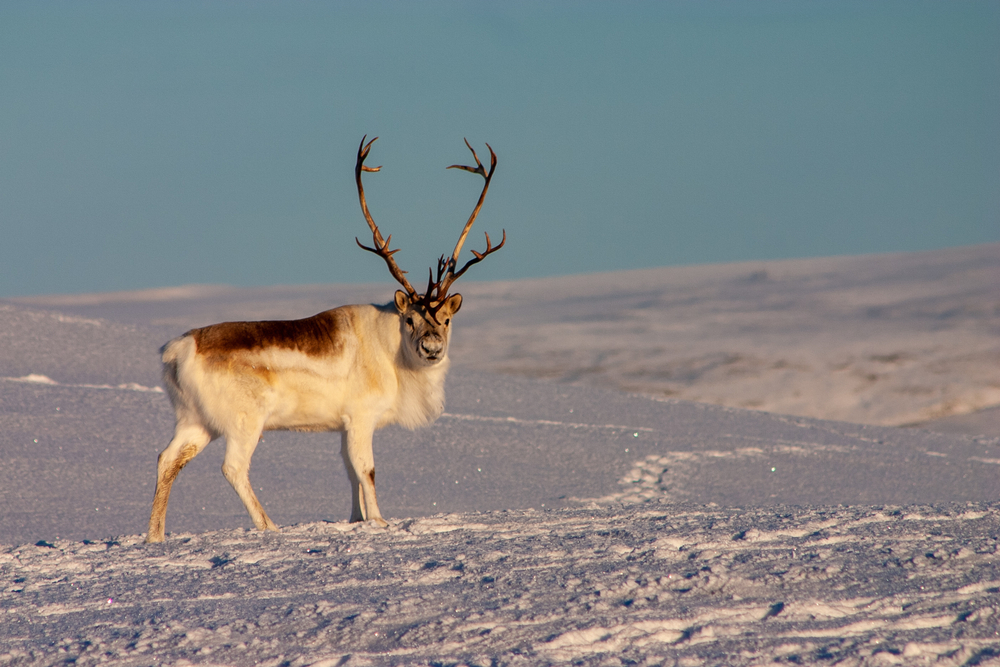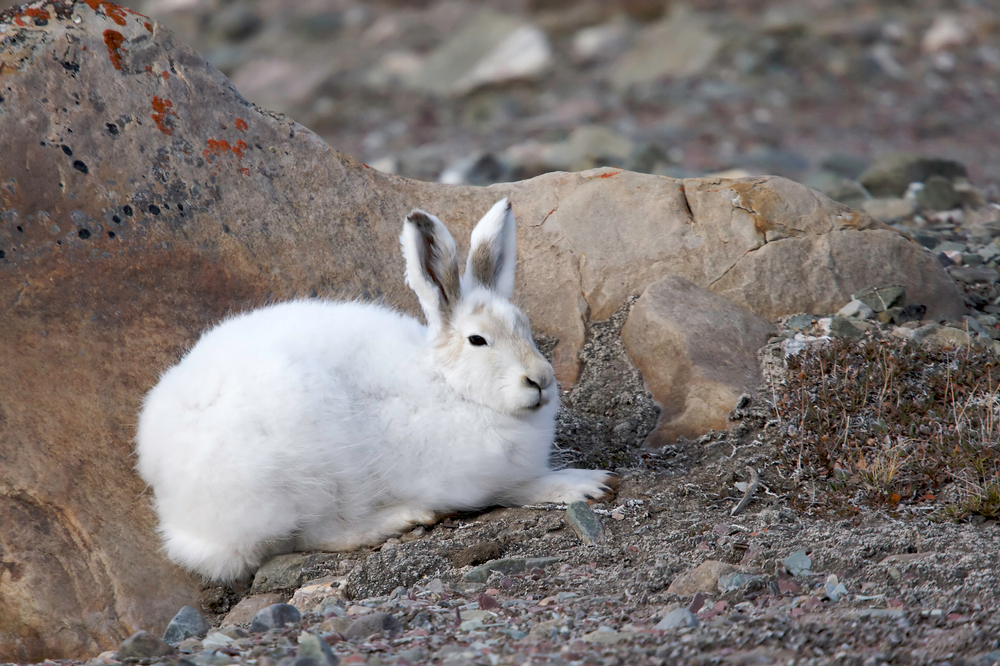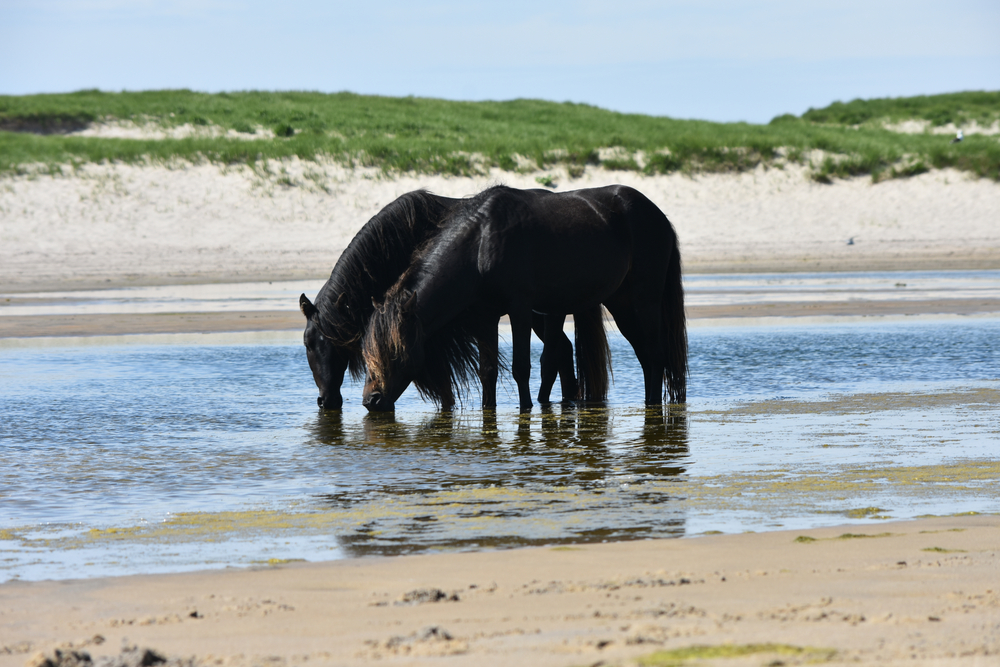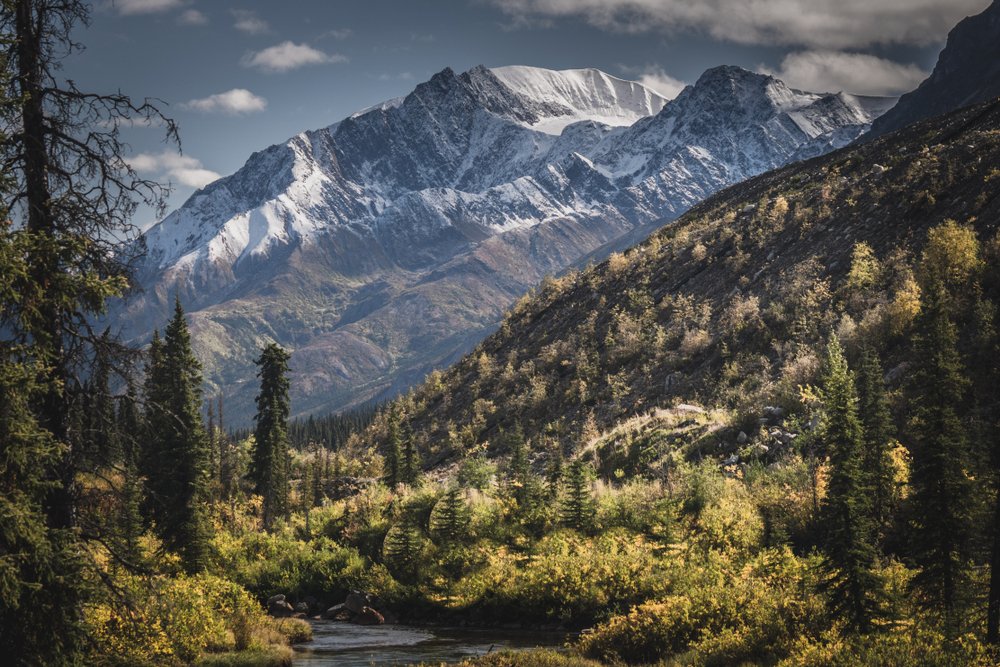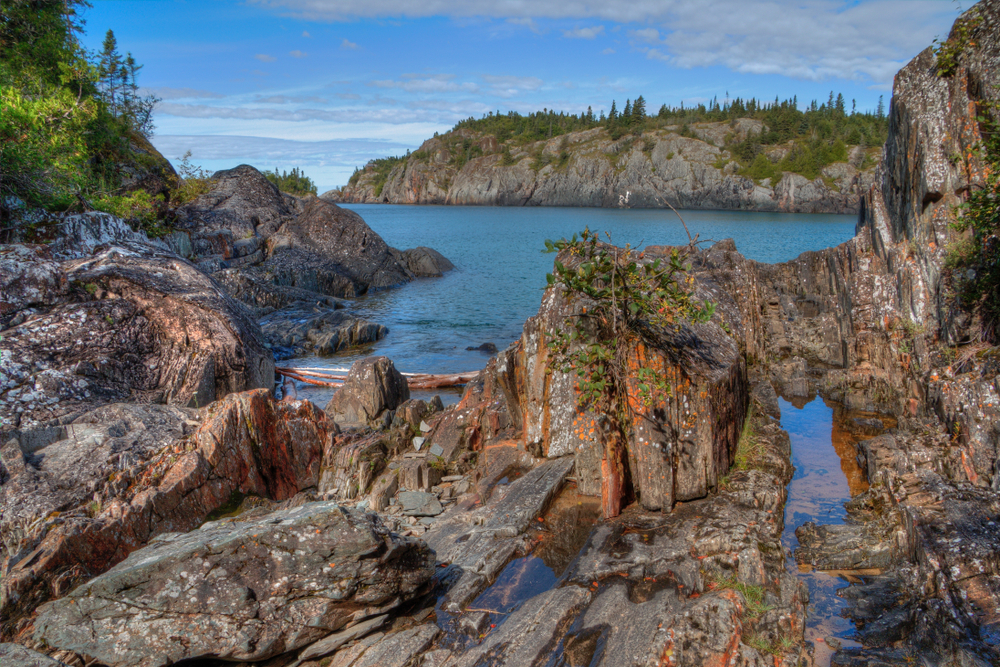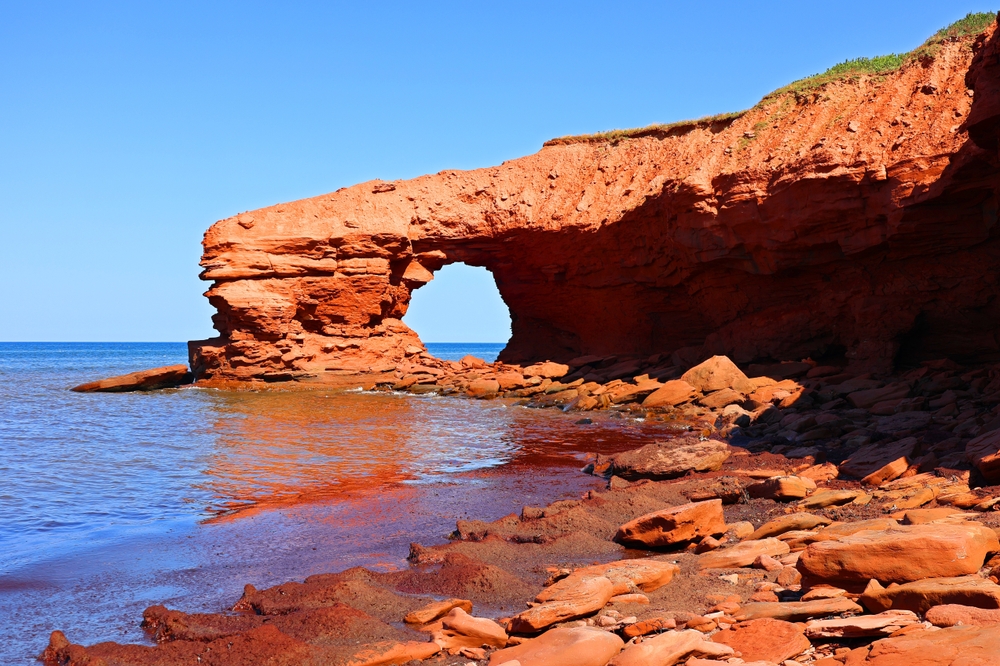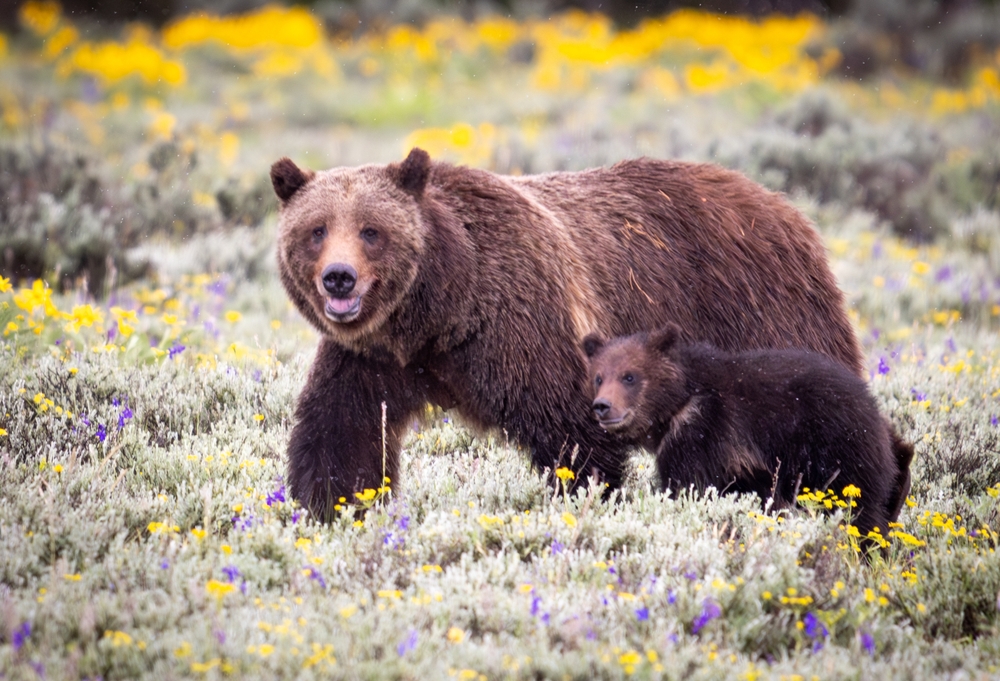Thaidene Nene Overview
Thaidene Nëné National Park Reserve, meaning “Land of the Ancestors” in the Dënesųłiné language, is a vast and breathtaking protected area in Canada’s Northwest Territories.
Encompassing approximately 10,050 square miles (26,376 square kilometers), this remote and pristine park extends from the boreal forests of the Canadian Shield to the rugged tundra of the Arctic, with vast freshwater expanses of Great Slave Lake defining much of its southern boundary.
The park lies within the traditional territory of the Łutsël K’é Dene First Nation and is co-managed with Parks Canada, ensuring Indigenous stewardship remains central to its protection.
The terrain of Thaidene Nëné is diverse and striking, featuring a mix of ancient granite outcrops, rolling hills, deep valleys, and open tundra. The boreal forest in the southern portion consists of black spruce, jack pine, and trembling aspen, gradually giving way to the windswept tundra of the north, where lichens and low-lying shrubs dominate.
Towering cliffs and rugged shorelines frame the eastern reaches of Great Slave Lake, one of the largest freshwater lakes in the world. The park also contains dramatic escarpments and islands scattered throughout the lake, offering breathtaking vistas that shift with the seasons. Visitors may come across picturesque waterfalls, such as the cascading waters of Parry Falls, adding to the park’s natural beauty.
Thaidene Nëné is home to a diverse range of wildlife, making it an essential refuge for northern species. Large mammals such as barren-ground caribou, moose, and muskox roam the tundra and boreal forests, while timber wolves and Canada lynx stealthily traverse the wilderness. Black bears and grizzly bears can also be spotted throughout the park, foraging in different habitats depending on the season.
The park is an exceptional location for birdwatching, as it serves as a breeding ground for numerous migratory species. Raptors such as peregrine falcons and bald eagles soar overhead, while songbirds, waterfowl, and shorebirds nest along the lake’s edges and in wetland areas. The park’s waters support healthy fish populations, including lake trout and Arctic grayling, which sustain both local wildlife and Indigenous fishing traditions.
One of the most captivating aspects of Thaidene Nëné is its cultural significance. The park is deeply connected to the traditions of the Łutsël K’é Dene, who have lived on and cared for the land for generations.
Visitors can experience Indigenous culture firsthand by engaging with local guides who offer storytelling, traditional knowledge, and insights into the land’s spiritual importance. Canoeing and kayaking are popular ways to explore the many waterways, including Great Slave Lake’s rugged coastline, while backcountry hiking and camping provide an immersive wilderness experience.
Winter transforms the park into a frozen wonderland, with opportunities for snowshoeing, ice fishing, and witnessing the spectacular northern lights.
Conservation efforts in Thaidene Nëné have been remarkably successful due to the collaborative management approach between Indigenous leadership and Parks Canada. The establishment of the park has helped protect vital ecosystems and ensure the preservation of traditional ways of life.
However, challenges remain, including the impact of climate change on wildlife migration patterns and permafrost stability. Sustainable tourism initiatives and continued Indigenous stewardship are crucial in maintaining the park’s integrity while offering visitors a unique chance to connect with an untouched northern landscape.








































































